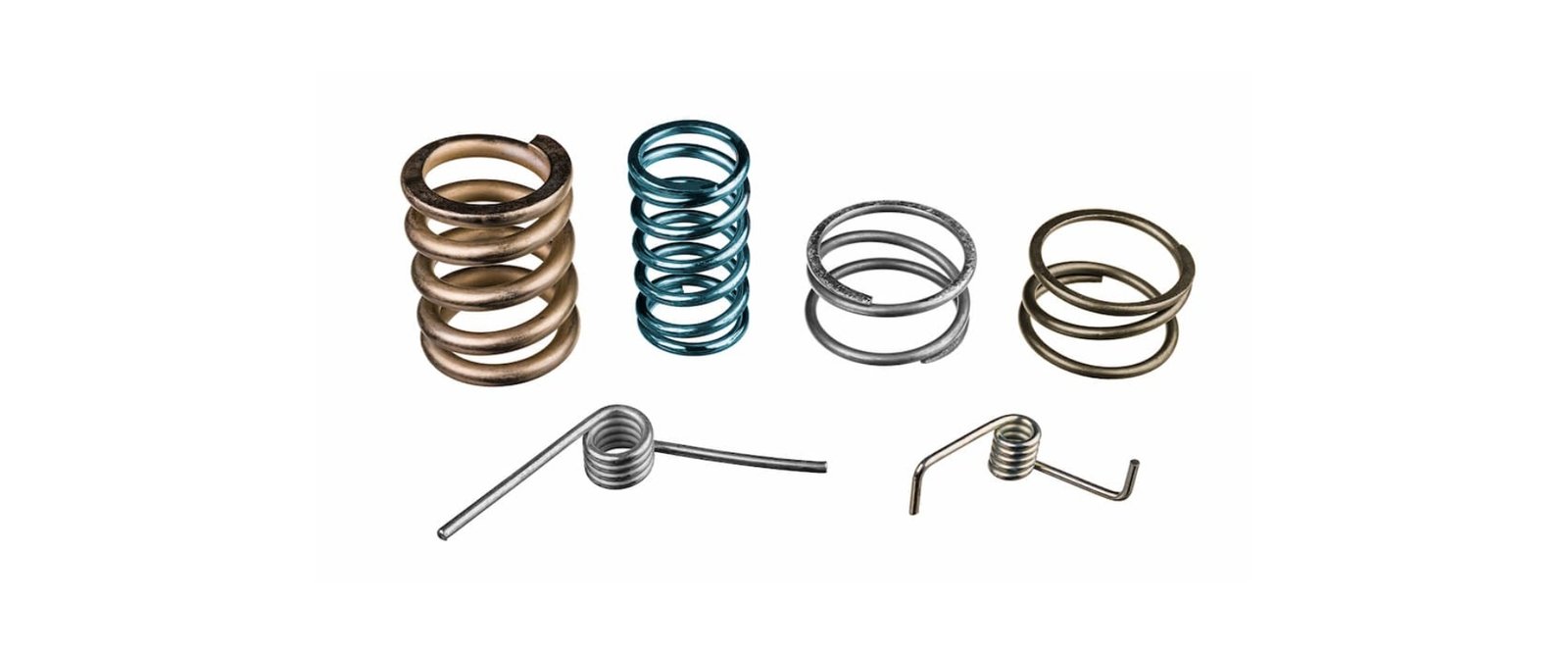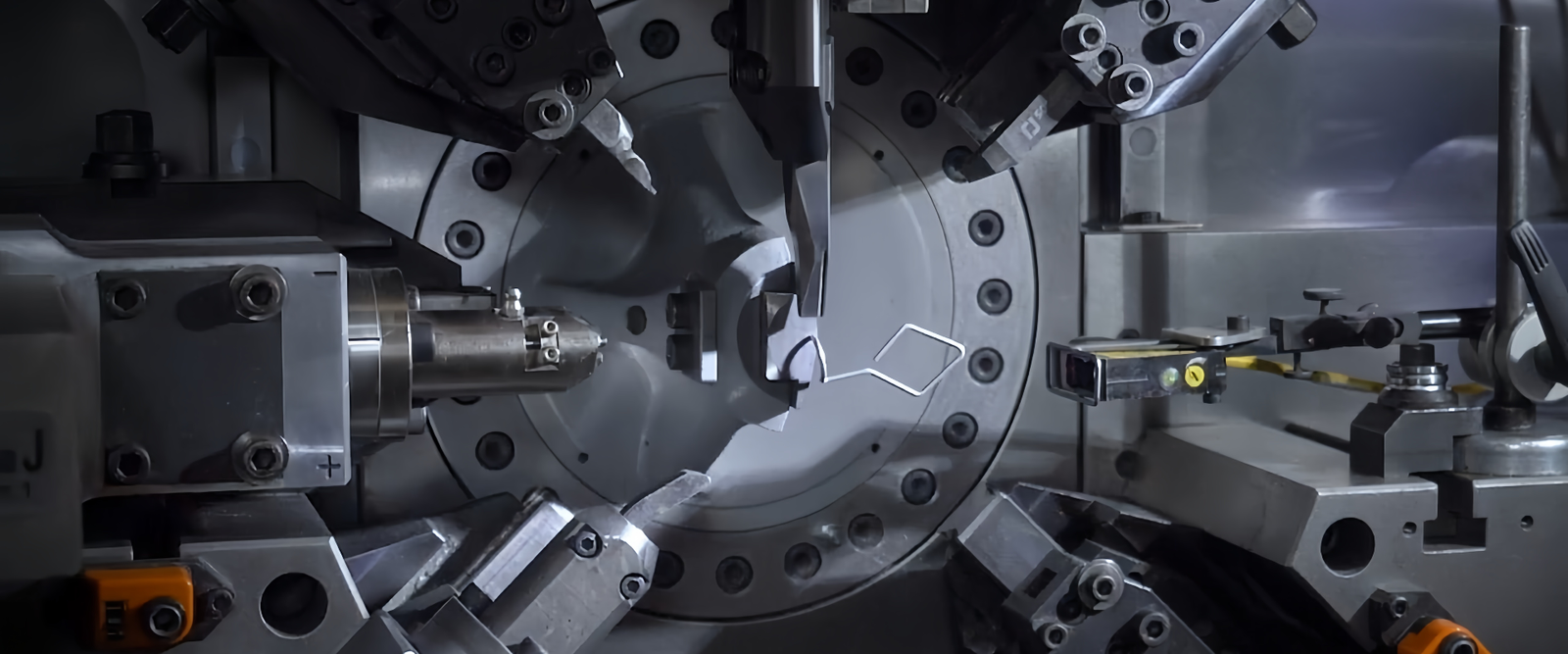Choosing a surface treatment for a spring is like choosing armor for a highly skilled warrior. It’s about more than just “looks”; it directly determines the warrior’s survivability and combat effectiveness on different battlefields. This article provides a deep dive into the principles, pros, and cons of several mainstream surface treatments to help you make the wisest engineering decisions.
Why is a Surface Treatment So Critical?
For the majority of springs made from carbon steel, the base material itself lacks good corrosion resistance. Furthermore, some applications require the spring to have special properties, such as electrical conductivity, wear resistance, or lubricity. Surface treatment is the “finishing touch” that compensates for the base material’s shortcomings and endows the spring with new capabilities by applying a functional coating.
1. Corrosion Resistance – The First and Most Critical Line of Defense
- 1.1 Zinc Plating – The King of Cost-Effectiveness
- Principle: Uses electrochemistry to apply a layer of zinc to the surface of a carbon steel spring. Because zinc is more reactive than iron, it acts as a “sacrificial anode,” corroding first to protect the steel substrate.
- Pros: Very low cost, mature process, good corrosion protection. Can be further enhanced with subsequent chromate conversion coatings (e.g., clear, yellow, black zinc).
- Cons: The coating is relatively soft and not very wear-resistant. There is a risk of hydrogen embrittlement, requiring a post-baking process.
- Applications: Most internal components in industrial, automotive, and consumer product applications.
- 1.2 Passivation – The “Natural Barrier” for Stainless Steel
- Principle: This is not a plating but a chemical treatment specifically for stainless steel. It removes free iron and other contaminants from the surface and promotes the formation of a dense, invisible, chromium-rich oxide layer.
- Pros: Dramatically enhances stainless steel’s inherent anti-rust capabilities, maintains the material’s original appearance, adds no dimension, and is low cost.
- Cons: Only applicable to stainless steel.
- Applications: A mandatory process for all stainless steel springs, especially in the medical, food, and chemical industries where cleanliness and corrosion resistance are paramount.
- 1.3 E-coating / Powder Coating – The Heavy-Duty Protection
- Principle: Uses an electric field or static electricity to apply an even layer of organic paint (like epoxy resin) to the spring’s surface, which is then cured at high temperature.
- Pros: The coating is thick, uniform, and has strong adhesion, providing excellent resistance to corrosion, chemicals, and impact. Available in various colors.
- Cons: The coating is relatively thick and may interfere with precision fits.
- Applications: Automotive suspension springs, fitness equipment springs, outdoor equipment, and other applications requiring heavy-duty protection and decorative finishes.
2. Electrical Performance – The “Superhighway” of the Electronics World
- 2.1 Gold / Silver Plating
- Principle: Applies a layer of precious metal over the spring (usually over a nickel underplate).
- Pros: Gold and silver are the best electrical conductors. Gold is chemically inert, providing long-lasting, extremely low contact resistance. Silver is an even better conductor but can tarnish (sulfidize).
- Cons: High cost.
- Applications: High-frequency connectors, antenna springs, precision probes, and battery contacts in precision electronic applications with the highest demands for signal integrity and low power loss.
- 2.2 Tin Plating
- Principle: Applies a layer of tin to the spring’s surface.
- Pros: Good conductivity at a much lower cost than gold or silver, and offers excellent solderability, making it easy to solder to a PCB.
- Cons: Can be prone to “tin whisker” growth over the long term, which can cause short circuits.
- Applications: EMI shielding clips, grounding springs, general electronic connectors.
3. Mechanical Properties – Enhancing Durability and Lubricity
- Black Oxide / Phosphate
- Principle: A chemical reaction creates a thin oxide or phosphate conversion coating on the spring’s surface.
- Pros: Provides some corrosion resistance, but its main feature is its ability to hold oil (lubricity), which reduces friction and wear.
- Cons: Limited corrosion protection.
- Applications: Tools, internal mechanical linkages, and moving parts that require lubrication.
Conclusion
How to Make the Right Choice Choosing a surface treatment requires balancing four core factors: the operating environment, functional requirements, budget, and aesthetic needs. What seems like a simple decision is actually a complex engineering trade-off. We strongly recommend discussing this with our engineers during the design phase. With our extensive experience, we can help you choose the best-performing and most cost-effective “armor” for your spring.
.png)



